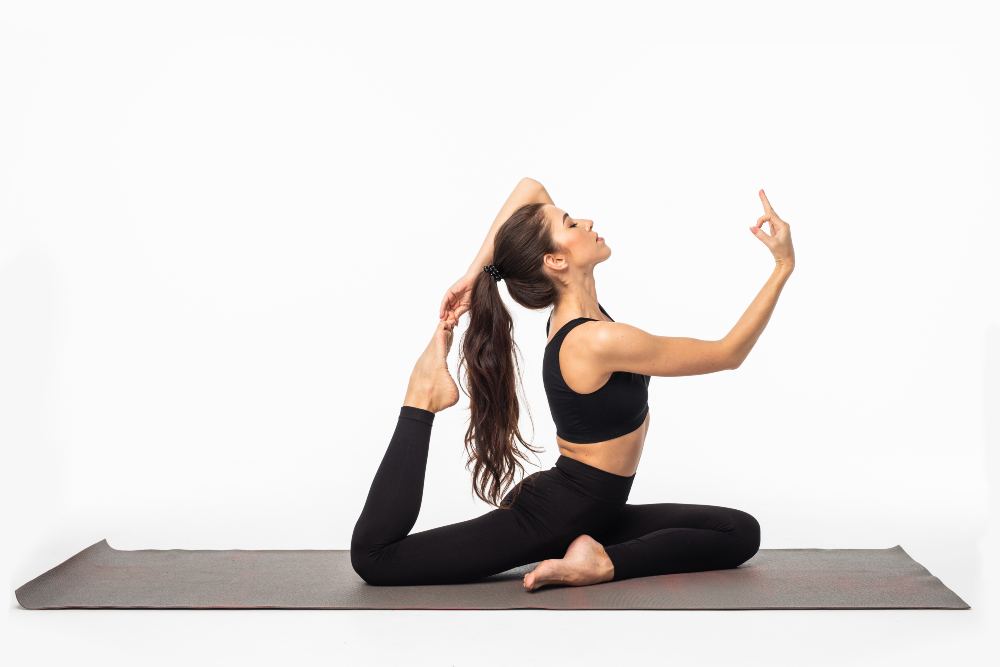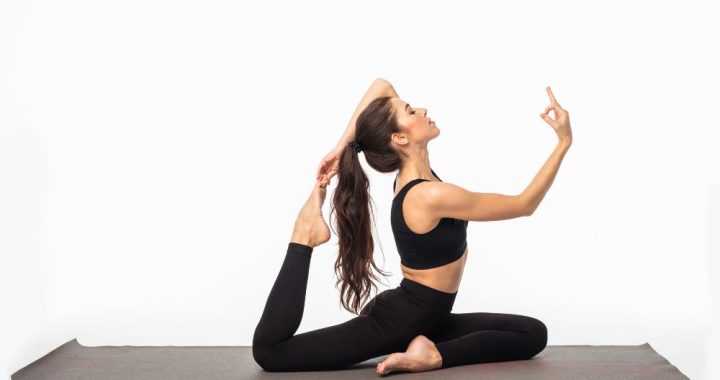From Breath to Flow: Understanding the Role of Pranayama in Vinyasa Yoga

In Singapore’s wellness circles, vinyasa yoga is often praised for its energising sequences and graceful transitions. But there’s an essential element that often goes underappreciated—pranayama, or the conscious regulation of breath. While the flowing postures may steal the spotlight, it is the synchronisation of breath and movement that truly defines the heart of vinyasa yoga.
Pranayama is more than just inhaling and exhaling. In a Vinyasa context, it becomes the bridge between body and mind, turning physical sequences into meditative journeys. Let’s explore how breath work drives Vinyasa’s power, stability, and transformational depth.
What Is Pranayama and Why Does It Matter in Vinyasa?
Pranayama, derived from Sanskrit, means “extension of the life force”. In practice, it involves breath control through techniques like Ujjayi (victorious breath), Nadi Shodhana (alternate nostril breathing), and Kapalabhati (skull-shining breath). These breathing patterns are designed to influence both the nervous system and the energy flow (prana) within the body.
In Vinyasa yoga, pranayama is embedded into the sequence itself. Every inhale lifts you into a pose, and every exhale grounds or deepens the movement. This intentional breathing ensures that each posture is supported by inner awareness and not just outer effort.
The Mechanics of Ujjayi Breathing in Vinyasa
Ujjayi breathing is most commonly used in Vinyasa classes. It involves a gentle constriction at the back of the throat to produce an oceanic sound—similar to waves or whispering wind. This technique serves several purposes:
- Regulates pace: It slows down the breath, which prevents rushing through sequences.
- Builds heat: The resistance creates internal warmth, aiding muscle flexibility.
- Supports focus: The audible breath acts as an anchor, keeping attention on the present moment.
Many instructors in Singapore’s yoga studios incorporate Ujjayi breathing from the first Sun Salutation, allowing practitioners to drop into a deeper rhythm.
Breath and Movement Synchrony: More Than Just Timing
The defining trait of vinyasa yoga is breath-to-movement synchronisation. This isn’t just choreography—it’s a deliberate physiological and energetic connection. Here’s how breath informs movement:
- Inhale: Expands the lungs, lifts the chest, and supports opening movements like upward salute, backbends, and standing poses.
- Exhale: Compresses the lungs, aids in twisting, folding, or grounding movements such as forward bends, Chaturanga, or seated poses.
By breathing with intention, the body naturally follows a rhythm that is both intuitive and stabilising. Over time, this develops into a kind of moving meditation.
Physiological Benefits of Pranayama During Vinyasa Practice
When done correctly, combining pranayama with physical flow activates the parasympathetic nervous system while energising the muscles. This dual effect provides numerous health benefits, including:
- Improved oxygen efficiency: Better cell nourishment and recovery
- Enhanced lung capacity: Especially helpful in urban environments like Singapore where air quality may fluctuate
- Cardiovascular endurance: Boosts stamina for longer sequences
- Regulated stress response: Reduces cortisol and promotes emotional balance
This is especially helpful for office workers or students who arrive at class with mental clutter or shallow breathing patterns.
Deepening Your Practice with Intentional Breath
In Vinyasa yoga, pranayama isn’t isolated to the start or end of a class—it permeates every pose. However, conscious effort is needed to breathe fully and correctly while in motion. Here are some ways to integrate pranayama more mindfully:
- Start with seated breathwork: Spend 2–3 minutes in Sukhasana (easy pose), practicing Ujjayi breathing before flow begins.
- Use breath as feedback: If the breath becomes erratic, it signals the need to slow down or modify your posture.
- Inhale to lengthen, exhale to deepen: Apply this principle throughout your transitions.
- Finish with retention techniques: After savasana, practice breath retention to expand lung awareness.
Eventually, the breath becomes your inner metronome—quietly guiding each movement.
Common Breathing Challenges (and How to Solve Them)
Many beginners struggle with breath coordination in Vinyasa, especially during faster flows or balance poses. Here are some common challenges and practical solutions:
- Holding breath unconsciously: Common during effortful transitions. Solution: Maintain a steady Ujjayi sound to stay aware.
- Shallow chest breathing: Leads to fatigue. Solution: Engage the diaphragm and focus on belly expansion.
- Mismatch between breath and pose: Can throw off timing. Solution: Slow down the pace and follow a set number of breaths per pose.
If you’re practising at a studio like Yoga Edition, instructors may provide breath cues to support your alignment and rhythm.
How Pranayama Enhances Mental Focus
Breathwork in Vinyasa doesn’t only benefit the body—it’s a direct gateway to mental clarity. The repetition of breath-linked movement activates the brain’s alpha waves, fostering:
- Mindfulness: Awareness of the present moment
- Resilience: Ability to manage stress with equanimity
- Stillness: A meditative calm despite physical effort
Singapore’s fast-paced lifestyle can lead to overstimulation. Integrating pranayama into your practice offers a simple, accessible way to decompress and build internal focus.
Breath Awareness Off the Mat
One of the great things about Vinyasa yoga is that breath awareness cultivated on the mat often extends into daily life. You might find yourself:
- Breathing deeper in stressful meetings
- Syncing your breath with walking
- Pausing to inhale fully before responding in conversation
These habits create a more composed, present version of yourself—not just in class, but in real life.
FAQs – Real-Life Questions About Breath and Vinyasa
Q1: I’m new to Vinyasa yoga. Is Ujjayi breathing difficult to learn?
Not at all. It takes a few sessions to get used to the sound and sensation, but it becomes intuitive with consistent practice.
Q2: Can I still benefit from Vinyasa if I struggle with breath control?
Yes. The breath is a guide, not a rule. Even if it’s not perfect, trying to sync it with your movement is already beneficial.
Q3: Is it safe to practise pranayama if I have asthma or respiratory issues?
You should consult a medical professional first, but gentle techniques like Ujjayi can often help improve breath control over time.
Q4: Does breathwork help with anxiety or panic attacks?
Yes. Pranayama activates the calming branch of the nervous system, reducing anxiety and grounding the mind.
Q5: How long should I focus on breathing before starting my flow?
Even 2–3 minutes of seated breathing can set the tone for a more centred and effective practice.

 From Breath to Flow: Understanding the Role of Pranayama in Vinyasa Yoga
From Breath to Flow: Understanding the Role of Pranayama in Vinyasa Yoga  Top 5 Benefits of Specialized Healthcare for Veterans
Top 5 Benefits of Specialized Healthcare for Veterans  The Role of Supplements in Modern Health: A Balanced Perspective
The Role of Supplements in Modern Health: A Balanced Perspective  Which delta 9 gummies are known for their potency?
Which delta 9 gummies are known for their potency?